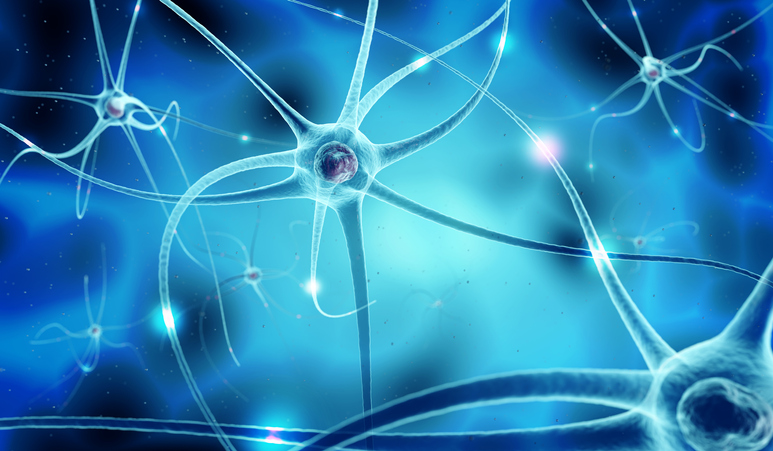Pain
What Is Neuroplasticity?

Neuroplasticity, also known as brain plasticity, refers to the ability of the nervous system to rewire itself. While it was once believed that the brain is hard-wired with fixed neuronal circuits, it is now clear that the brain is malleable and able to rewire and restore itself in response to stimuli. Neuroplasticity may be adaptive (beneficial) or maladaptive (harmful).
Types of neuroplasticity
Neuroplasticity is categorized into two main types: functional plasticity and structural plasticity. The boundaries between these two types of neuroplasticity are ill-defined.
Functional plasticity is the ability of the nervous system to move functions from damaged areas to undamaged areas. For example, when a brain injury occurs to one hemisphere of the brain, the other hemisphere may take over some functions of the damaged hemisphere.
Structural plasticity is the ability of the nervous system to change its physical structure as a result of learning. Structural changes that occur as a result of neuroplasticity include the following:
- Synaptic pruning occurs when the brain eliminates extra synapses. This occurs naturally in the brain between childhood and adulthood to allow neurons to transmit information more efficiently as complex information is learned. It can also occur following an injury.
- Axonal sprouting occurs when undamaged axons grow new nerve endings to reconnect injured or severed neuron links.
Rewiring the brain
It is possible to promote neuroplasticity by doing the following:
- Playing video games may improve memory, coordination, reaction time, reasoning, and motor coordination.
- Learning a new language improves cognitive function and can prevent cognitive decline. Those who learn a new language show increases in gray and white matter in the brain.
- Making music can improve mood, memory and concentration.
- Traveling broadens cultural understanding and world views.
- Participating in physical activity strengthens motor coordination and reduces the risk of cognitive decline. Exercise is also linked to emotional wellness and lower levels of depression.
Neuroplasticity and pain
Structural and functional changes in the brain and nervous system can occur as a consequence of chronic pain. Behavioral and environmental interventions, such as meditation and physical activity, can help the nervous system rewire itself and improve chronic pain.


















